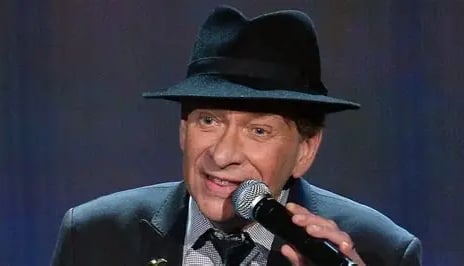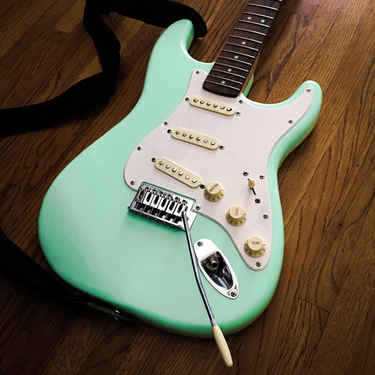Bobby Caldwell wants his shows to be a full experience
By Jim Dail
8/12/20253 min read


One night in 1964, a young Bobby Caldwell had the opportunity to watch The Beatles and Frank Sinatra live at the Deauville Hotel in Miami. As one might guess, it made an impression.
“Watching Sinatra in Miami was an eye-opening experience,” Caldwell said. “First, there was the vast difference in the genre. The Beatles would get up with a few antics and they were trying to talk across all the noise and play their music. But when I saw Sinatra in the showroom, that was something. He was working off a script – and he did that. He took liberties with the script, but it never showed that he was working off a script. He had the audience in his hands.”
Caldwell will bring his special touch of audience magic and vocalization to Thornton Winery on Saturday night as part of the 2009 Champagne Jazz Concert Series.
“Between the applause and all the laughs, it was an experience that had eluded me,” he said of the Sinatra experience. “I wasn’t able to implement that part of the craft until later in my career. I didn’t know how to put it in without being corny.”
As a kid, Caldwell had a love of music.
“It began with me being an avid radio listener,” he said. “I became mesmerized by Ella and Sinatra and a host of others. Radio was a lot different then. You could be exposed to all sorts of genres.”
It was in 1963 that the song “Ruby Baby” really got him thinking.
“The turning point was with Dion’s ‘Ruby Baby,’” he said. “The audacity of the voice I though was infectious.”
Caldwell acknowledges maybe being a bit of an attention grabber back then.
“When I was a kid I was a real ham,” he said. “You know kids have no inhibition so they will just talk. But then I became pretty introverted as a teen even all the way up to my debut album.”
Once he made it to the stage, very little changed.
“I got on stage to do songs and that was it,” he said. ‘I had no charisma on stage. As I progressed, I was forced under duress to watch footage and I started to see what I could change to make myself more accessible to the audience.”
Thinking about the Miami show and Sinatra helped, but it was when he began doing covers and had a role in a Rat Pack tribute that his persona on stage changed.
“It wasn’t until I started doing covers and did the Rat Pack shows in Vegas that I started to get it,” he said. “We studied what they did. We wanted to embody it not just try to mimic the phrasing.”
And for his own stage presence, he wanted to be able to do what the vocal greats have been able to do, own the stage.
“I wanted to be someone who will get return people for the total experience,” he said. “For the last 10-15 years, I’ve polished it and got to a point where I can handle almost any audience, but I am still a work in progress.”
It’s one of the reasons he enjoys the intimate show settings.
“The small places like Thornton are great and they make for a memorable experience because of the proximity of the audience,” he said. “You can make a connection.”
A special connection that Caldwell is working on is a set of shows with the legendary Diane Schuur called “Sing in Swing,” an evening of Swing-era classics.
“This is something I am really looking forward to,” he said. “She is so wonderful and we will be doing at least six shows and we will have a full orchestra. I think it will be very special.”
There’s also a new album in the works.
“It’s at the creative stage right now where I am writing the material,” he said. “I try to be as resourceful as I can but have to be careful. I do worry that it will sound like something I’ve done before. I have to admit that I find myself stealing from myself.”
Great care is also taken to focus in on the songs and the lyrics in as much of a pure form as possible.
“Technology is another thing that I have to be worried about and that’s getting c aught up in technology,” he said. “If you get caught up in it, a song becomes dependent on all the bells and whistles. In the beginning I wrote myself and it was all hands on. There were no computers back then so there had to be a level of resourcefulness.”
Whichever method he uses, his songwriting has been enormously successful. His most noted song, “What You Won’t Do For Love,” has been recorded by more than 100 artists, and his songs have chalked up more than 40 million sales.
Nevertheless, he’s also cognizant that perceptions are in the eye of the beholder.
“I look at my performances two ways, and what I perceive is not always what others see,” he said. “I can feel that I was good, that I was spot on but maybe others were hearing something different. I walk away pleased with what I have done.”
